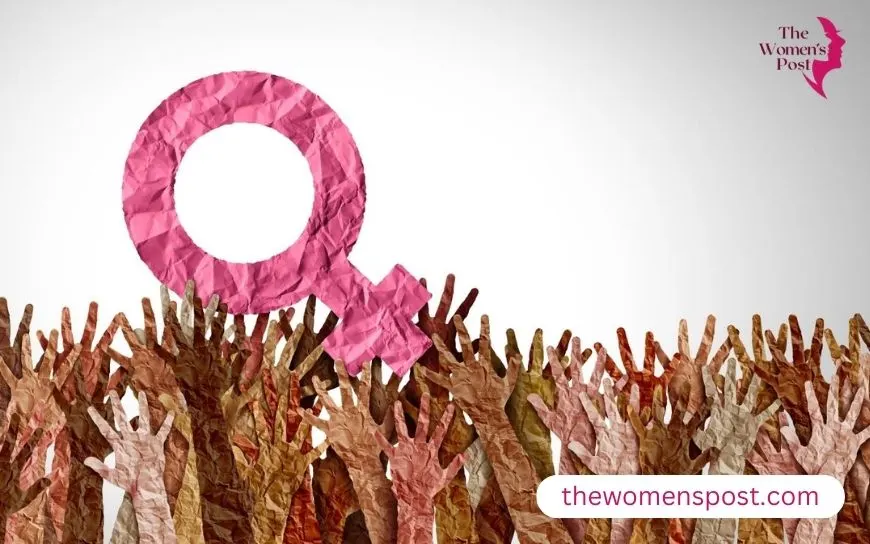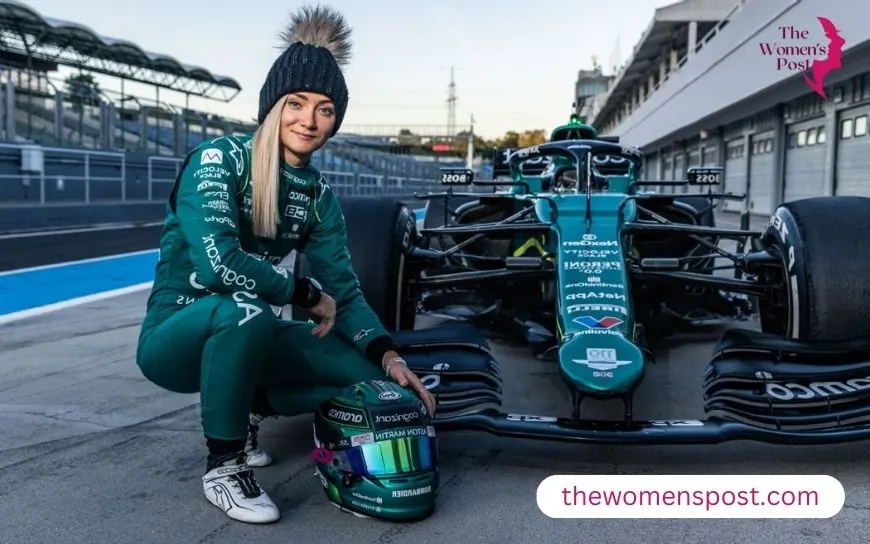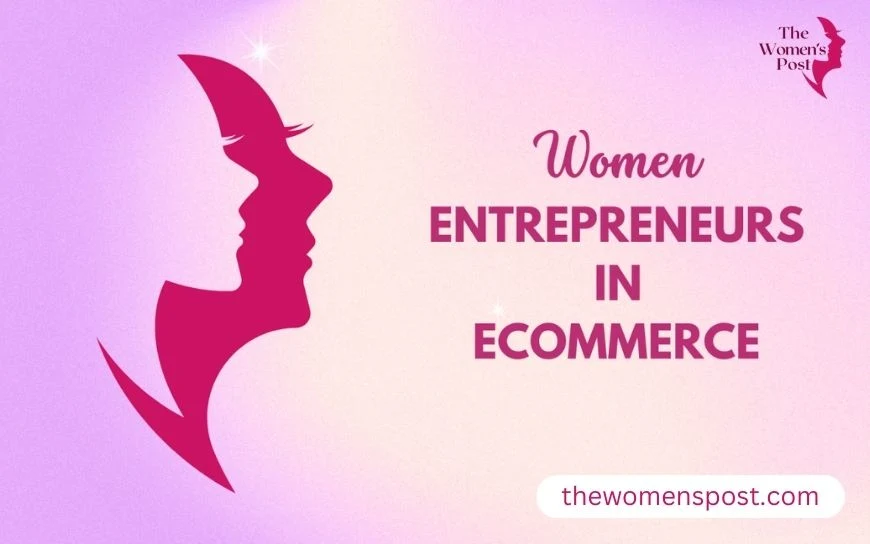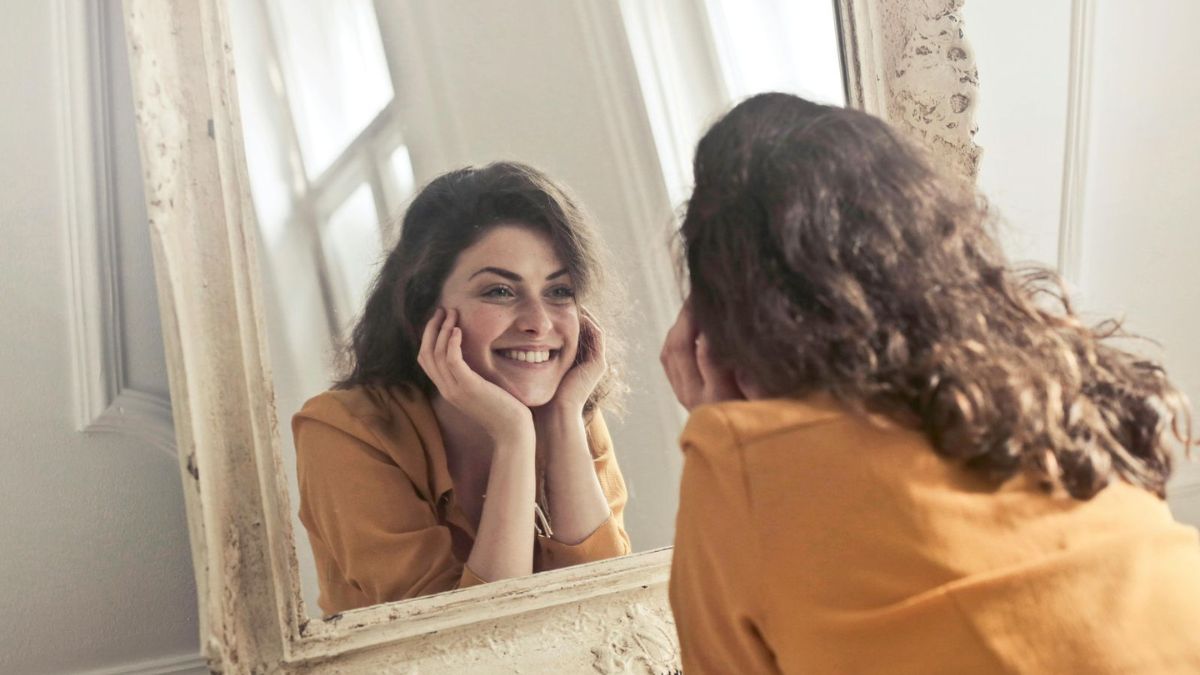Real Over Ideal: Changing What It Means to Inspire Young Women
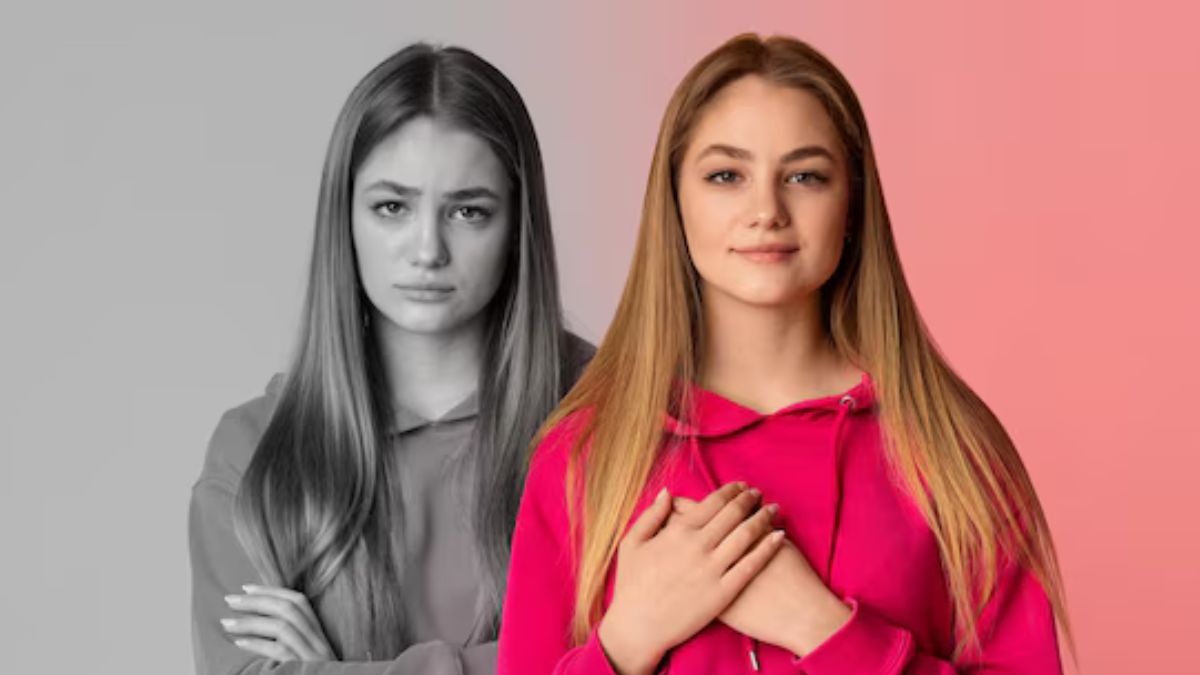
In a culture obsessed with beauty, filtered photographs, and success tales condensed into 30-second clips, young women are growing up in a peculiar dichotomy. On the one hand, people are encouraged to be real, “just be yourself,” and accept their shortcomings. On the other side, kids are bombarded with pictures of individuals who appear to have it all figured out – gorgeous skin, toned bodies, fantastic occupations, and flawlessly manicured lifestyles.
These are frequently marketed to us as role models. But, just maybe, what young women really need now are authentic examples.
Let’s speak about the difference—and why it’s more important than ever.
The Allure of the “Role Model”
We’re asked, “Who’s your role model?” since we were kids. It is a question intended to inspire and motivate us towards ambition, excellence, and goodness. Many young girls see their role models as celebrities, sportsmen, businesspeople, or influencers who have “made it.”
They are powerful, successful, and confident—everything a girl aspires to be. And that is not always a negative thing. Aspiration is powerful. Watching a woman become CEO of a Fortune 500 business, win Olympic gold, or succeed in a male-dominated sector may be extremely inspiring.
The trouble starts when these anecdotes are delivered out of context.
We witness the aftermath, not the beginning. We see accomplishments, not fears.
Instead of agonising self-doubt, have confidence. We saw the smiles, but not the restless nights that followed.
And for a 17-year-old girl dealing with acne, anxiety, and her first heartache, this type of role model might feel more like a faraway star than a guiding light.
Perfection is Exhausting
Let’s be honest: perfectionism is exhausting. The pressure to be flawless in school, relationships, social media, and even your skincare regimen may cause anybody to crumble.
For instance, let’s take example of a girl named Anna:
“When I see those ‘day in my life’ vlogs on Instagram, I feel like I’m always behind. They get up at 5 a.m., write, go for a run, prepare green smoothies, attend lessons, and yet look gorgeous. Meanwhile, I’m proud if I can have breakfast and get to class on time.
Anna isn’t the only one who feels this way. The women she sees online — the so-called “role models” — are often sponsored, styled, and scripted to look like they have it all together. But that’s not what she notices. What she sees is someone who seems to have the life she’s struggling to create — calm, controlled, and effortlessly beautiful.
It’s not admiration she feels. It’s quiet self-doubt.
The Rise of the “Real Model”
So what are the alternatives?
It’s not about reducing expectations or romanticising the hardship. It’s about visibility — seeing the big picture. And here is where actual models come in.
A true model is not someone who claims to be flawless. She is someone who is willing to be honest.
She could still be finding out her life. She may weep on bad days and giggle throughout the turmoil. She discusses treatment. About failure. About body image. She doesn’t have all the answers, and that’s good.
She doesn’t inspire from atop a pedestal; she interacts with you.
What Makes a “Real Model”?
Let’s break it down with genuine feelings and stories.
- They share their scars and not just their medals
Ritika, a young entrepreneur, wrote on her blog about how she battled with five unsuccessful initiatives before her firm took off. “Everyone celebrates my success now,” she said, “but no one remembers when I was sleeping on my friend’s couch wondering if I was delusional.”
That’s what makes her a true model. She did not disguise the mess. She embraced it.
- They discuss mental health without shame
Maya, a social worker, frequently speaks with high school pupils. She discusses her history with depression and how treatment helped her emerge from the abyss. The girls she talks to don’t simply look up to her; they identify with her.
Real models don’t claim to be indestructible. They demonstrate that it is possible to break and rebuild yourself anew.
- They challenge beauty standards
Some of the most compelling actual models are women who appear online without cosmetics, filters, or an apology. They discuss their acne, stretch marks, tummy rolls, and facial hair, all of which have been made taboo by an industry that profited off insecurity.
These ladies are redefining what it means to be attractive. Not by fitting into the mould, but by shattering it entirely.
The “Highlight Reel” Epidemic
Social media plays an important part in this. We scroll through a million great moments every day. But here’s a secret: behind every beautiful post is a real person dealing with genuine issues.
We frequently forget that what we see is only a highlight reel, not the entire film.
You don’t see the 20 photographs she erased before finding “the one.” Or the panic attack she experienced following that glitzy occasion. Or the argument she had with her parents shortly before posting that selfie.
When young girls compare their behind-the-scenes experiences to those of others, they develop a sense of inferiority.
The Pressure to Perform: A Silent Struggle
There’s an unspoken push to succeed – to be intelligent but not “too bossy.” To be attractive, yet “naturally.” Be aggressive but not threatening.
The continual tightrope walk is tiresome. And it starts young.
A 13-year-old girl’s thought: :
“I feel compelled to behave as if I have everything under control. Even when I’m upset, I attempt to grin so that others don’t think I’m weak.”
That is heartbreaking. But it’s not surprising.
We have created a society in which vulnerability is viewed as weakness. But is there true strength? True strength is sobbing and showing up regardless. It’s stating, “I’m not okay today,” and believing that you’ll still be loved.
Real Models in Everyday Life
The finest genuine models do not always appear on television or the internet. They’re closer than you realise.
- The elder sister who discusses her difficult breakups and guides you through your first.
- The instructor who openly discusses her shortcomings before becoming successful.
- The coworker who advises you it’s alright to seek for assistance.
- The buddy that doesn’t claim to have everything sorted out.
These women may never go viral, yet they have a profound impact on people’s lives that no algorithm can comprehend.
Creating Space for Realness
So, how can we make more space for real models?
- Celebrate the journey, not the goal: Ask individuals about their struggles, not just their accomplishments.
- Be vulnerable in yourself: The more you tell your true story, the more others will feel comfortable doing the same.
- Challenge poisonous positivism: It’s acceptable to not be fine. You don’t need to put a grin on everything.
- Diversify your feed: Follow those who present themselves truthfully. Unfollow anybody who makes you feel unworthy.
- Mentor with honesty: If you have the opportunity to mentor younger women, don’t just give them advice; instead, tell them the truth.
What Young Women Really Need?
Young women do not require faultless goddesses. They require relatable persons. They need somebody to say:
- “I’ve been there.”
- “I messed up, and I learnt.”
- “You’re not alone.”
- “You are enough, even when you don’t feel it.”
They need to recognise the power in tenderness. Imperfection carries power. Growth via failure.
Because when you realise that the ladies you admire are just like you, something wonderful happens. You stop trying to be flawless and start becoming yourself.
Being a woman today entails negotiating a thousand expectations—from culture, from family, and from herself. It’s easy to think you’re falling short. But what if we stopped striving for impossible perfection and instead embraced authentic connection?
What if we stopped asking, “How can I become more like her?” I began to wonder, “How can I be more like me?”
The world does not require more faultless role models.
It need actual ones.
And, just maybe, that’s who you’re supposed to be.
Also read: Eco-Feminism: The Revolution Where Women and Nature Rise Together


